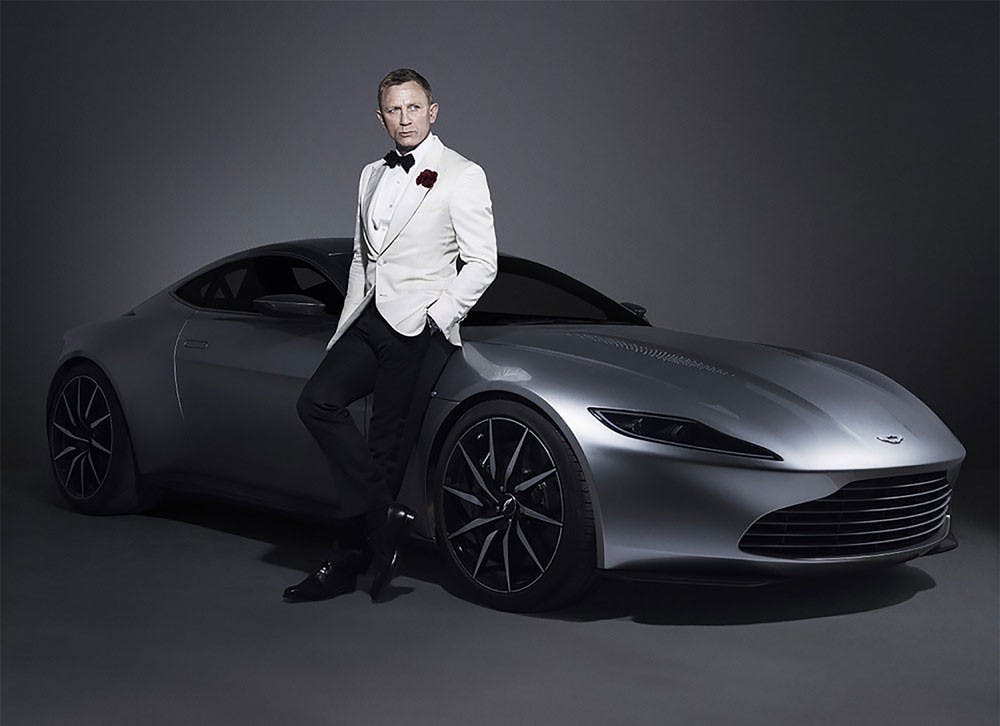Peyton Manning’s post-Super Bowl 50 interviews treated Americans to more than the trivia of what the Broncos’ quarterback’s favorite brew is.
Manning left no doubt that Budweiser – and none other than Budweiser – was the best way for the nation to go on celebrating his team’s victory, as he twice stated in postgame interviews that he would be drinking that brand of beer after the big win.
“This practice has been going on forever,” said Arun Jain, a Samuel P. Capen professor of marketing research at UB. “Some people estimate that over $8 billion is spent each year on product placement.”
Product placement comes in more forms than an athlete’s postgame comments – it comes in movies and television as well.
When a protagonist in film is rocking a full set of Nike exercise gear, while speaking on an iPhone – with Apple logo brazenly displayed – and driving a shiny new Chevy, it’s a safe bet it’s product placement. Alternatively called embedded marketing and brand integration, product placement traces its origins back to the earliest days of film.
Since the birth of cinema, companies have tried to enhance awareness of their products by working with filmmakers to integrate their goods into the storylines of films.
Jain cites actor James Dean’s on-screen affinity for Levi’s jeans as a classic example of product placement’s effectiveness as a marketing strategy. By pairing its brand with a star whose very name was synonymous with an entire generation’s conception of “cool,” Levi’s defined the image of its famous 501 line of jeans.
“When a manufacturer presents a product, they want it to be seen beyond its technical characteristics,” Jain said. “They want it to be associated with a lifestyle and a personality. By pairing the product with the right people, it acquires the right personality.”
Kyle Flierl, a junior business major at Daemen College, reflected on a music video he had watched recently in which the placement of Beats by Dre headphones “definitely made the brand look good.”
“I think it’s really creative because it’s easy to think that they’re not trying to advertise to you when they really are,” he said.
To illustrate the value of product placement for the sponsoring companies, Jain mentioned the lofty $45 million figure Heineken is said to have paid for Daniel Craig’s James Bond character to sip their beer in “Skyfall.”
James Bond’s daring, luxurious image is a brand in itself and one that many companies have paid top dollar to be matched with. Craig has said that without the high-profile embedded marketing associated with the “007”series, “we couldn’t do it.”
“Filmmakers have figured out that product placement is a good way to subsidize production,” Jain said, describing a symbiotic relationship between the producer and the advertiser.
While companies are often eager to have their brands depicted glamorously, the inverse principle also applies. If manufacturers believe that their product is featured in a less than positive context, they will invest to protect their image.
“In some cases, companies want to make sure that their product is not used in negative situations,” Jain said. “If a character is shown drinking a bottle of Coke after they commit a murder, Coke isn’t happy about that.”
In such cases, products may be obscured, removed or rebranded with generic logos at the manufacturer’s request.
Mercedes, for example, requested to have its logos removed from vehicles in the British film “Slumdog Millionaire,” objecting to the depiction of their vehicles in the film’s poverty-stricken setting.
Despite the considerable role of product placement in film, reality television is the biggest market for embedded advertising.
According to a report by Nielsen Media Research, NBC show “The Biggest Loser” led the field in instances of product placement with 6,248 distinct instances of product placement from 2007-08.
In an age of ad blockers, illegal streaming, and on-demand television, product placement is becoming an increasingly important strategy. As audiences find ways to avoid advertisements, companies are investing in alternatives to traditional ad spots.
“Because the product is integrated in the show itself, we cannot skip it,” Jain said.
Jain predicted that product placement will be on the rise as more people opt out of watching advertisements and as movies and TV achieve a more global reach.
In its subtler forms, product placement is inoffensive and generally tolerable, if a touch disingenuous.
“I think it’s sneaky but it’s smart,” said Jessica Hillery, a junior pharmacy major.
The future of this phenomenon depends as much on the filmmaker’s loyalty to the artistic vision as it does our audience’s own level of comfort with the marriage of art and with advertisement.
Luke Heuskin is the assistant arts editor and can be reached at luke.heuskin@ubspectrum.com





